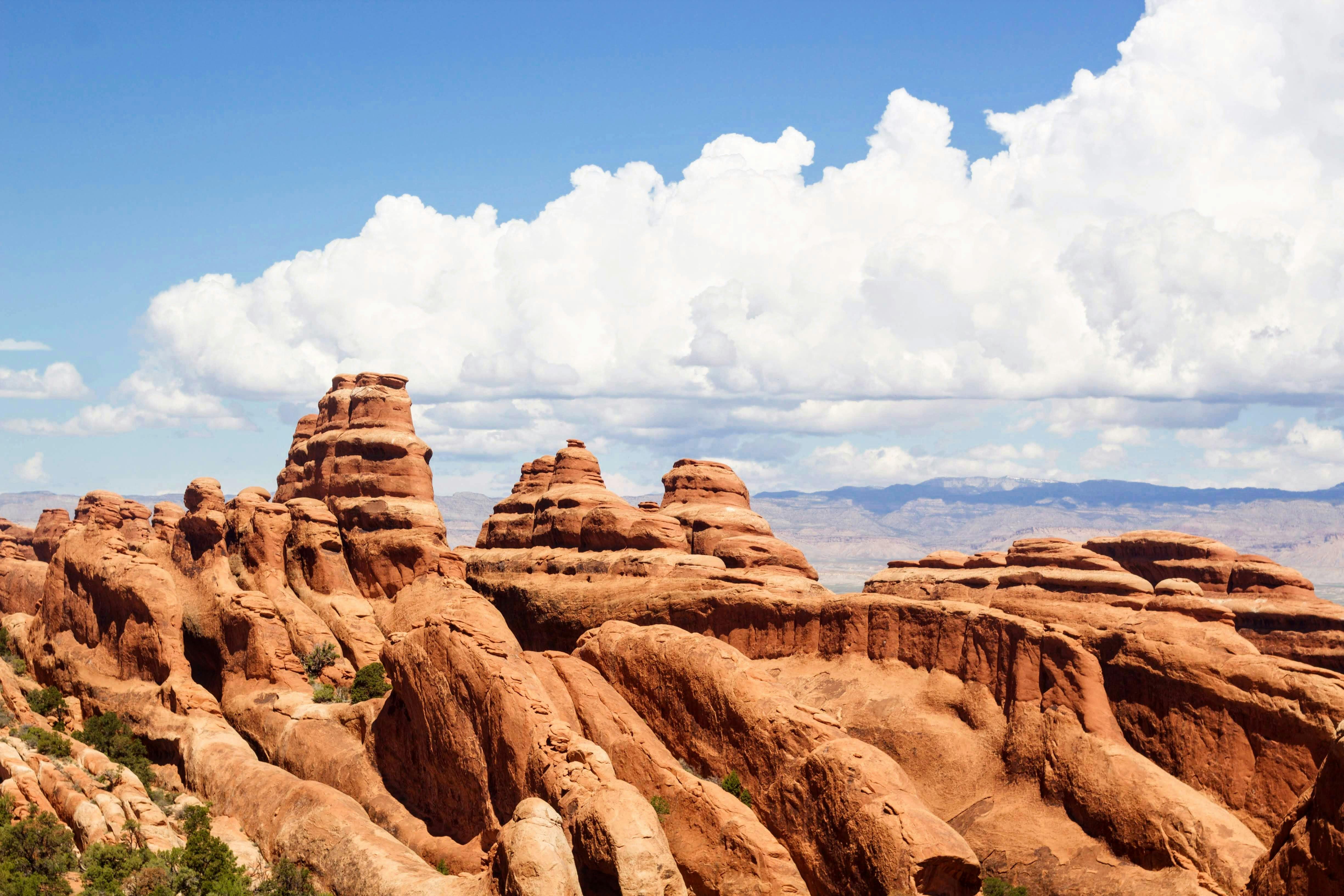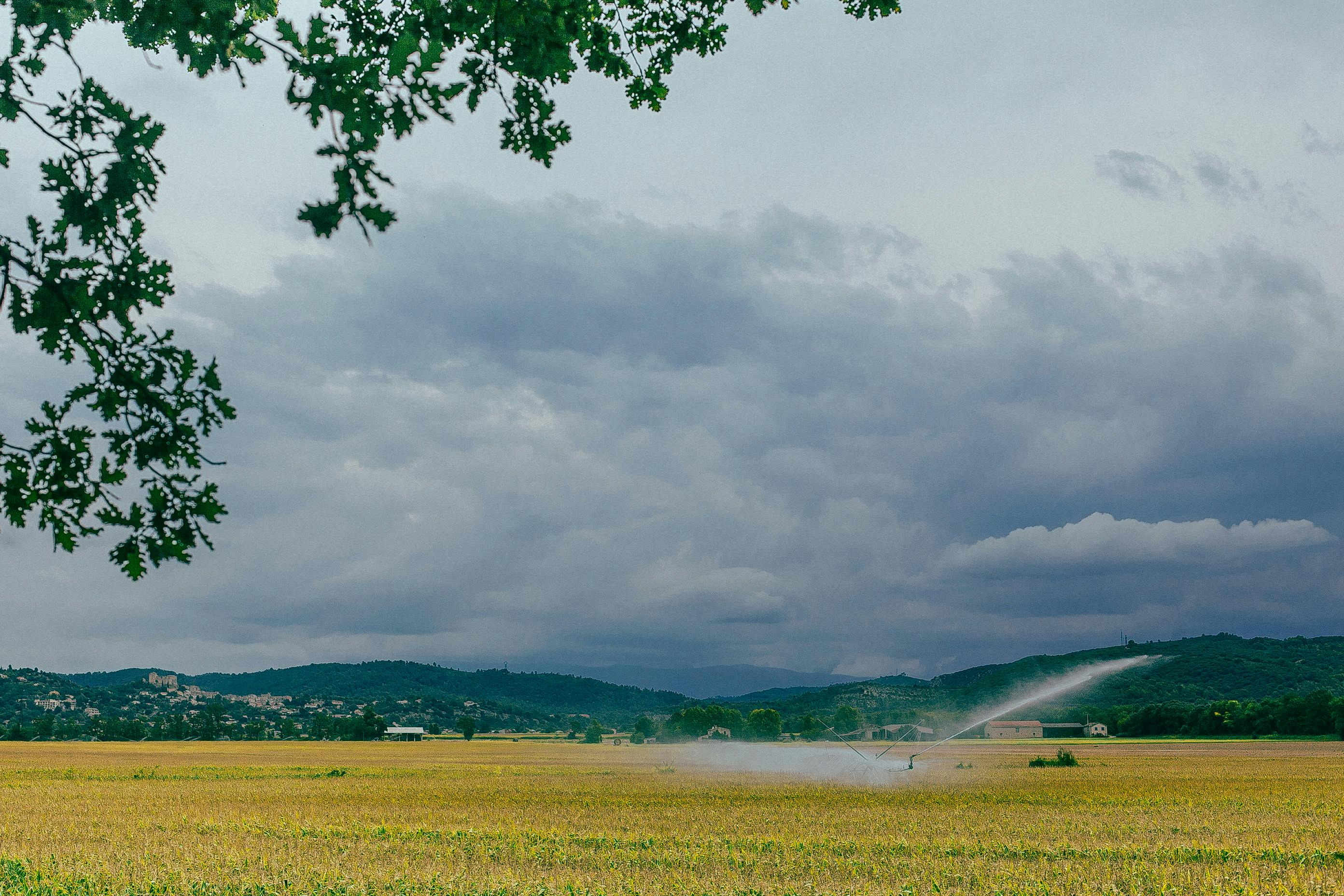The majesty of a wild animal in its natural habitat is unmatched. Animal watching can be a great way to glimpse nature’s splendor. A recreational hike or drive on scenic byways can give you the opportunity to see many animals. It is important to understand when and where to see different animals so that you are prepared when you set out on a hike to see that magnificent creature. Forays into nature in late summer and early fall, August through October, are great times to visit great places.
Moose: August – October
The moose is one of those great beasts that many people set out to spot. It can be seen throughout the northern hemisphere, especially in the northern coniferous forests. It is an imposing animal that can reach heights of 7 feet and weigh up to 1,500 pounds. It is easy to spot while traveling on undeveloped areas of the highway or along scenic drives. They can also be seen on trips down the many New England canals. They like to chew on the tender aquatic plants and ferns and saplings along clearings and paths. Late summer and early fall, when the nights start to cool down, is the best time to view these giants. Early morning and evening are common times for moose to be out and about.
Grizzly Bear: June – September
The brown bear can be seen throughout the western range, from northern California to Alaska. Alaska and western Canada have a higher population than the continental US. These bears often head to the coast to hunt for salmon and can be seen along many streams and rivers. They can be seen from June to September fishing, resting in the undergrowth, or eating young shoots and berries. Some of Alaska’s parks and sanctuaries offer the best chance of seeing one of these large brown bears.
Black Bear: May – September
The black bear has a much larger habitat, stretching from the Arctic Circle to Mexico. It lives in forests and mountains and, like its brown bear counterpart, can be seen from late spring to early fall. The northern woods or the Appalachian Mountains are excellent areas to spot a black bear. It is active in the fall preparing for hibernation. This bear can often be seen feeding in berry patches and along rivers. They are also often found around landfills, or anywhere food is left unattended for long periods. The black bear is easily startled, so observation from a distance is the best bet.
Bison/Buffalo: July – October
The bison, or buffalo, is an endangered species due to the extreme hunting practices of the early to mid-19th century. Most of today’s bison are found in Yellowstone National Park. They run free within the park and can be seen throughout the area. Bison mate from July to early August, and calves are born in April or May. These young bison can be seen in late spring and early summer. Bison can be seen throughout the summer and are easy to see on the prairies in late summer and early fall as they prepare for winter.
It is important to be safe and give animals your distance when observing them. Many people have been seriously injured or killed because they pushed too close. Animals will often ignore observers who keep their distance and this provides the best chance of seeing them in their natural environment. Pack a lunch, put on your hiking boots, or hop in the car and head out to watch these splendid creatures.
~Ben Anton, 2008




